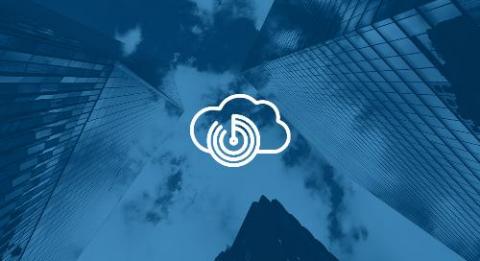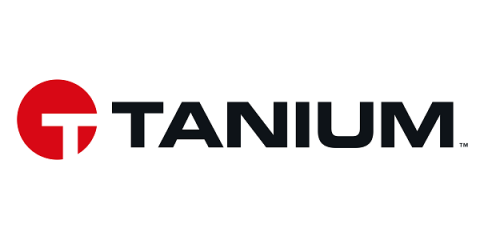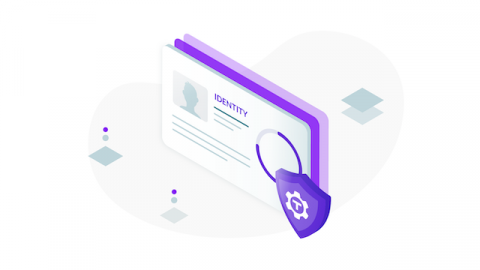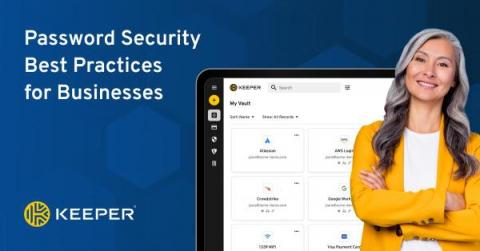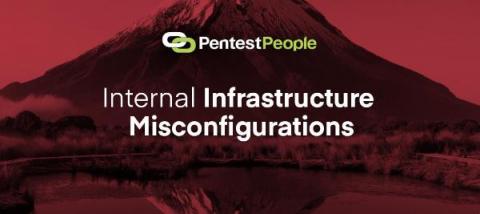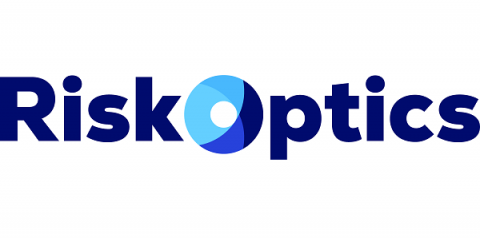Security | Threat Detection | Cyberattacks | DevSecOps | Compliance
Latest News
Electrical Grid Security: NERC CIP, Cyber Threats and Key Challenges
Electrical grid security has been getting a lot of attention recently. It started fairly quietly, and then when it was a featured story on a news program, it rose to the top of the collective consciousness. However, the news stories that followed were focused entirely on the physical vulnerabilities of the US power grids. Few, if any stories covered the cybersecurity angle of securing the grids.
CTI Roundup: Microsoft Warns About Mercury and DEV-1084 Attacks on Hybrid Environments
Microsoft’s security advisory on Mercury and DEV-1084 and a report linking Russian hackers to attacks against NATO and the EU.
Microsoft 365 Security Series - Using Azure Active Directory to secure your Microsoft 365 Installation
Microsoft 365 (formerly Office 365) is a Software-as-a-Service (SaaS) that offers a cloud-based version of its popular software productivity suite, including MS Word, Excel, PowerPoint, Outlook, and OneNote. In contrast, Azure Active Directory (Azure AD) is an Infrastructure-as-a-Service (IaaS) that offers a cloud-based version of Active Directory to control identity management and access to virtual resources across an organization.
Login with Teleport. Teleport as a SAML Identity Provider
Starting with Teleport 12.1, Teleport Enterprise teams can now use Teleport as a SAML SSO identity provider. This feature allows teams to use Teleport to authenticate to external services, thereby letting teams use SAML SSO to login to external SaaS apps and internal applications that support SAML. Let’s look at a few examples.
Password Security Best Practices for Businesses
Organizations spend billions of dollars on cybersecurity tools and consultants each year. Beyond traditional tools like firewalls, antivirus software, and System Information and Event Management (SIEM), it is easy to get caught up in sophisticated threat detection using artificial intelligence, machine learning, user behavior and analytics.
Internal Infrastructure Misconfigurations
This blog will outline the internal infrastructure, standard disfigured computing systems, and applications that often experience security misconfigurations that can potentially expose them to cyber criminals.
A Step-By-Step Guide to Creating a Risk Register (Template included!)
Running a business is full of surprises. Unexpected events can pop up at any time, potentially leading to the derailment of your organization’s goals. If everything suddenly went haywire, would you and your team know what to do in the heat of the moment? That’s precisely why having a robust risk management program is crucial, and it all starts with a risk register – a tool used to identify and mitigate potential problems.
Benefits of Data Leak Detection Software
Optimizing AppSec by Enhancing Integration with Jira
If there’s one thing we learned in our years of building AppSec technology, it’s that the best tools in the world are useless if they don’t get used. We know from speaking with our customers and industry research that developers won’t use AppSec tools that make their lives harder. Forcing them into cumbersome processes, or making them switch tools and learn a new user interface, will likely lead to AppSec neglect in favor of hitting development deadlines.


